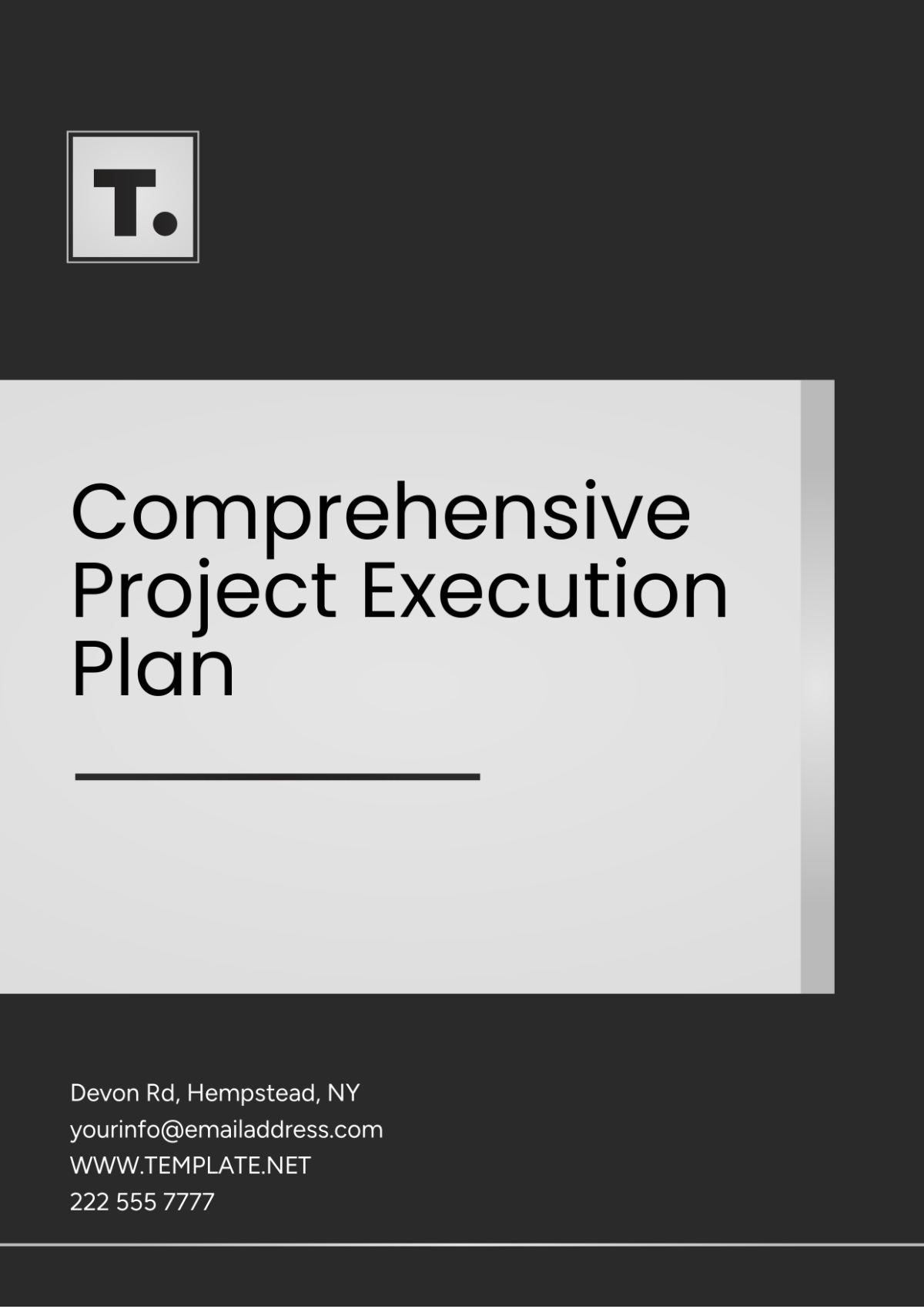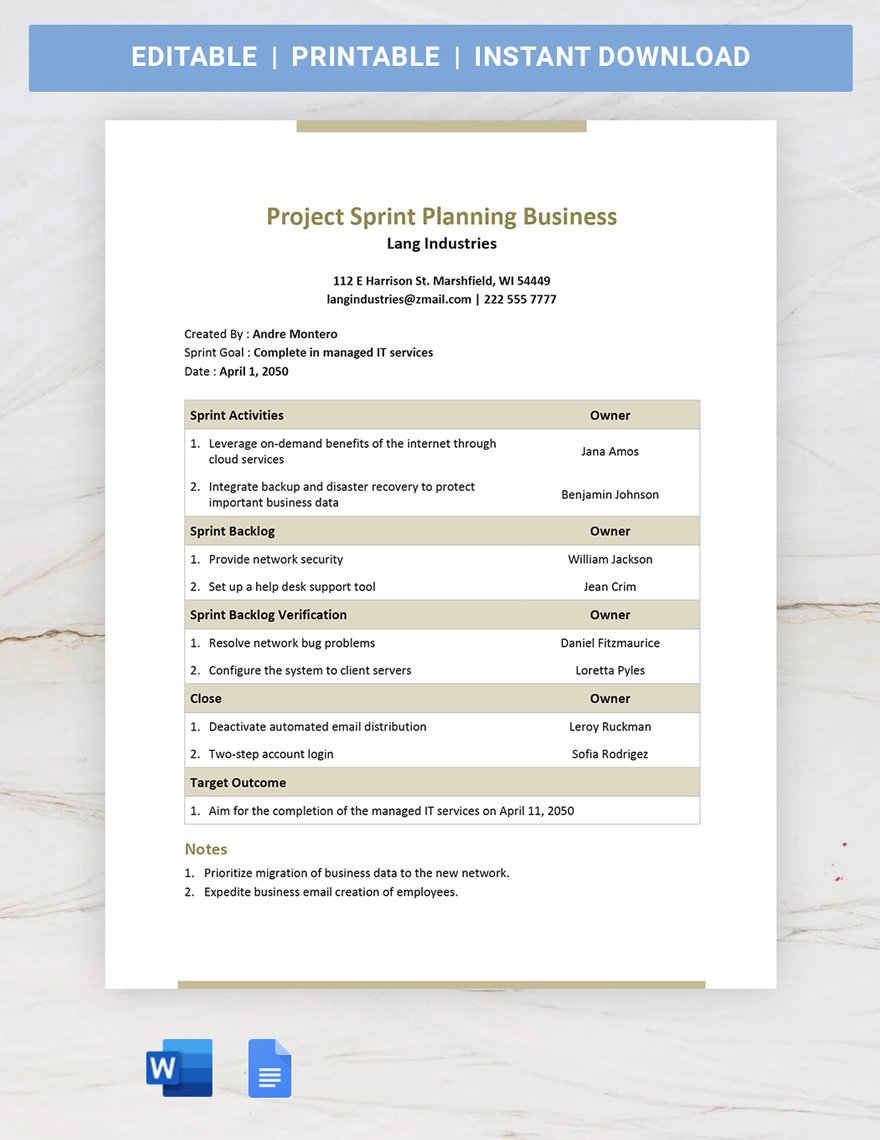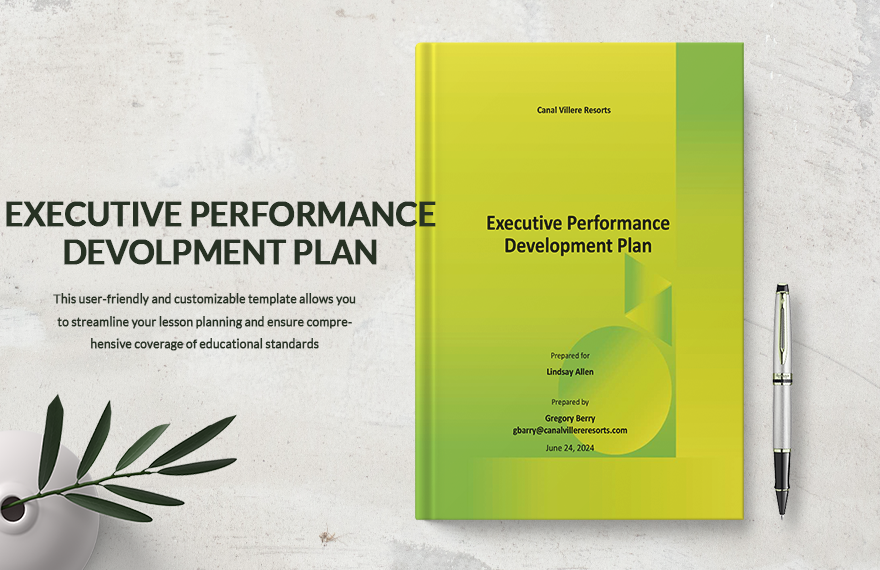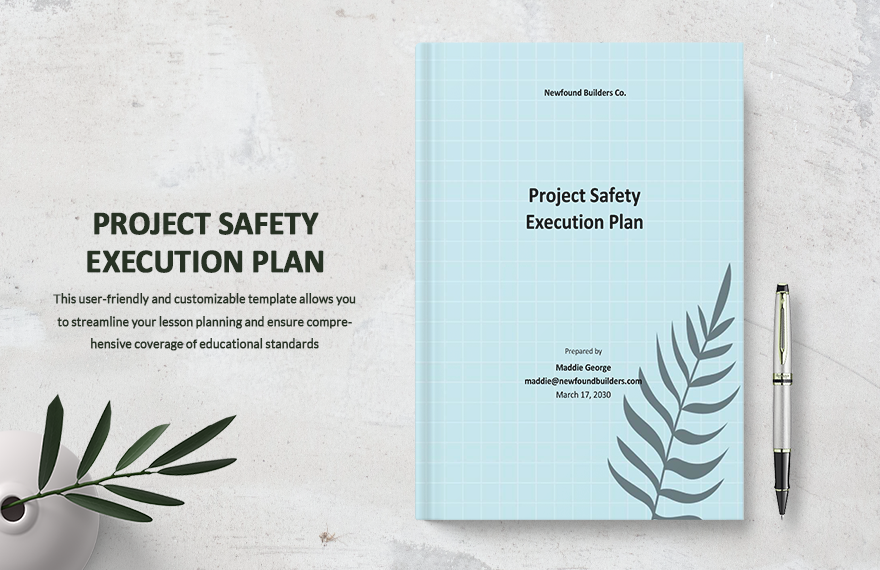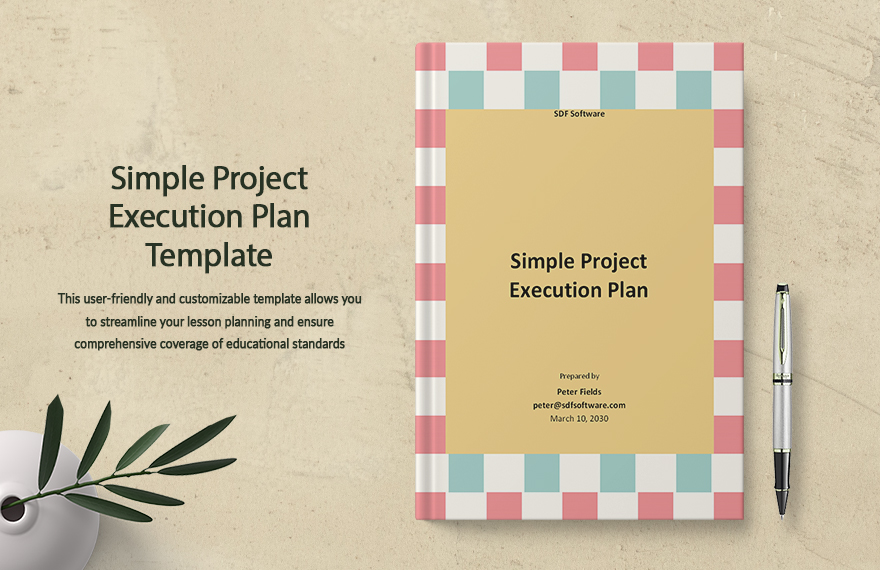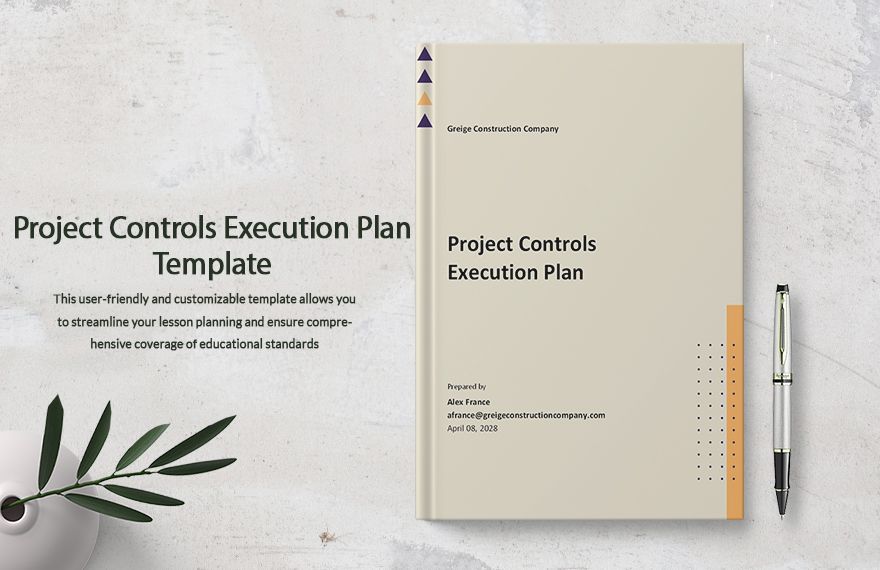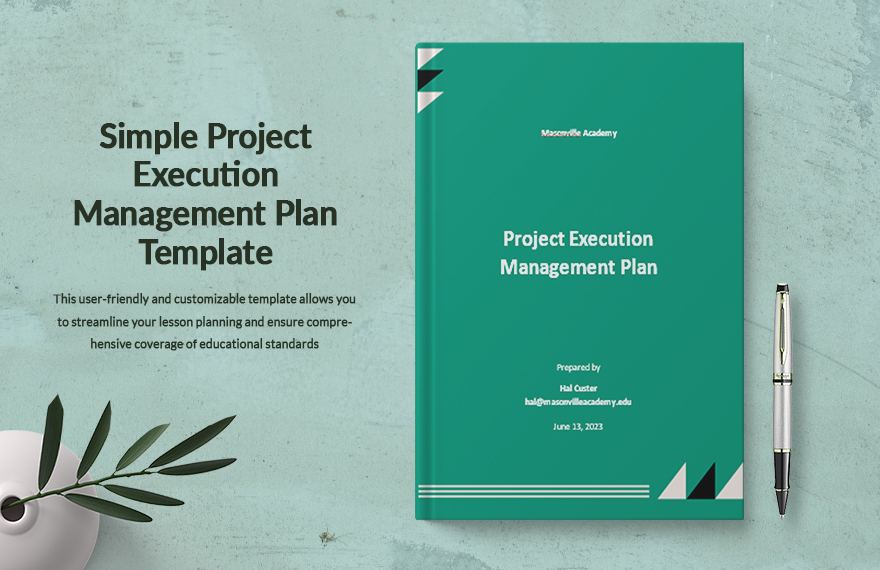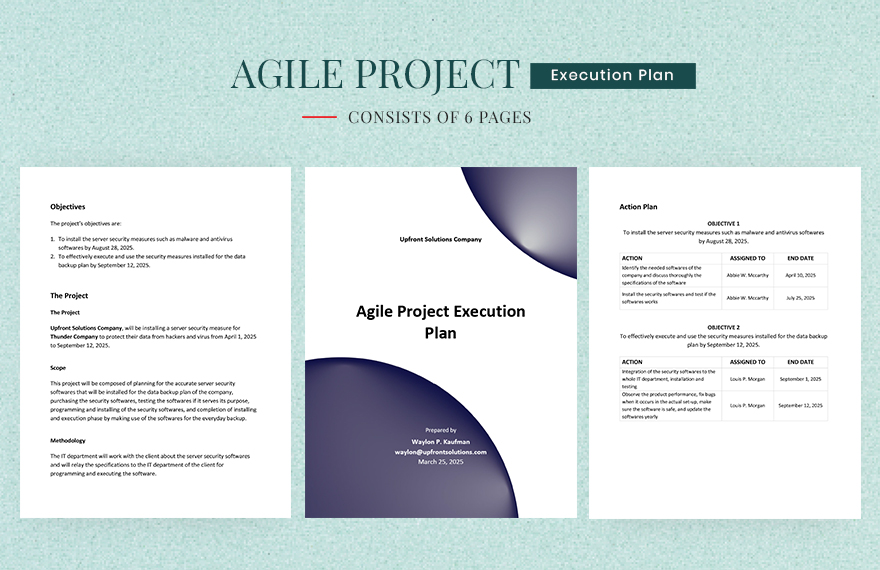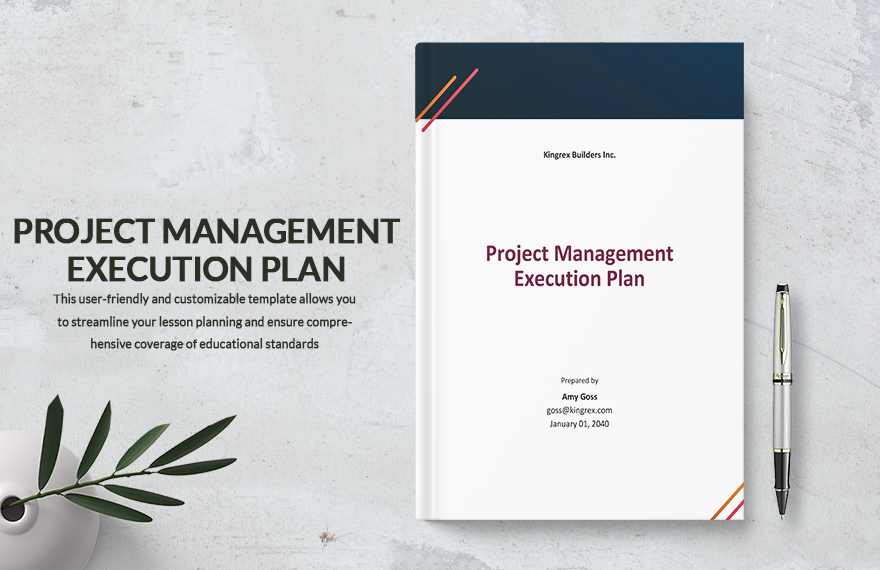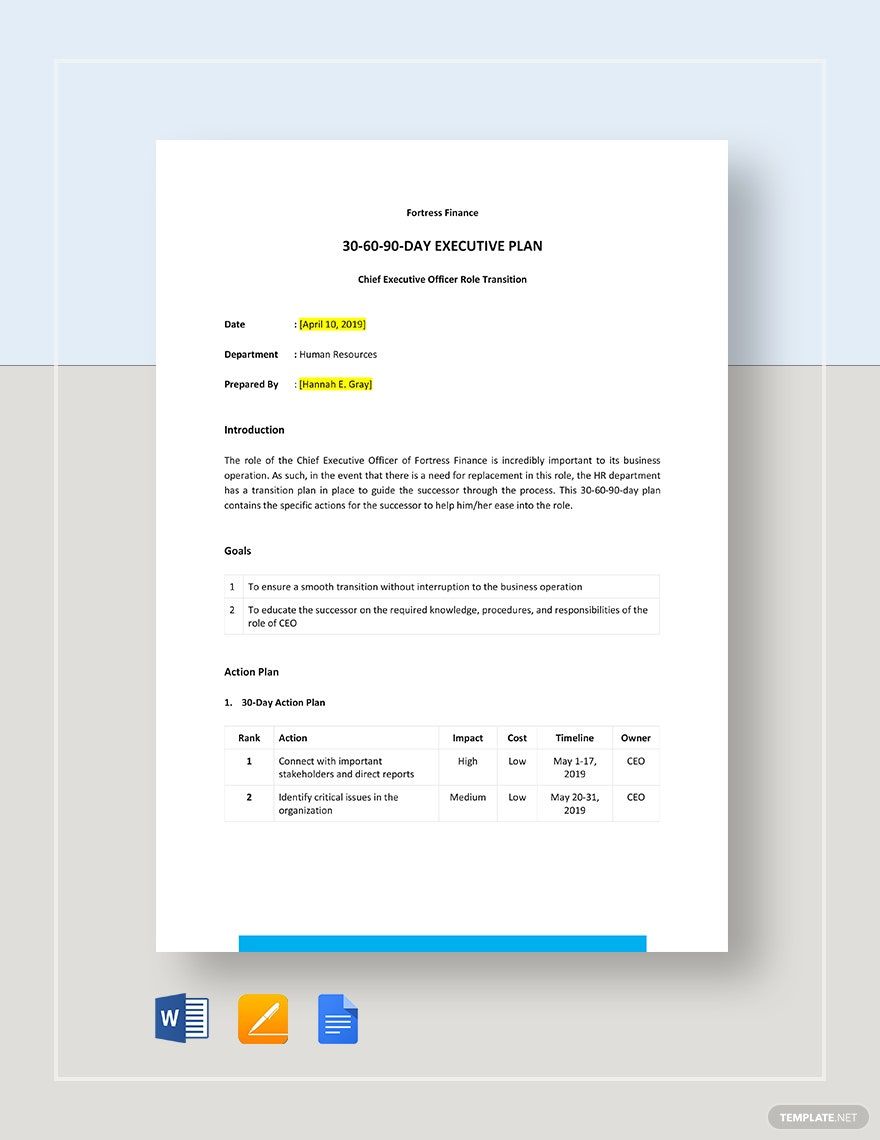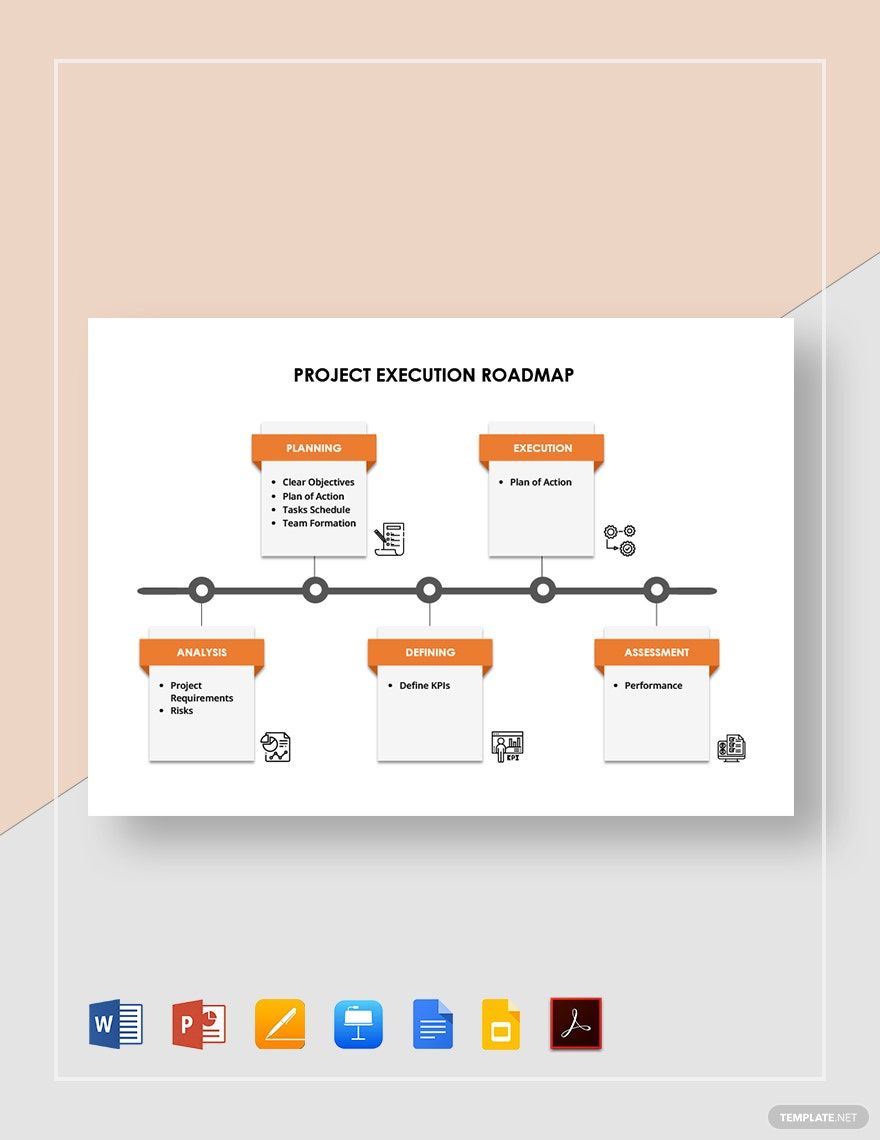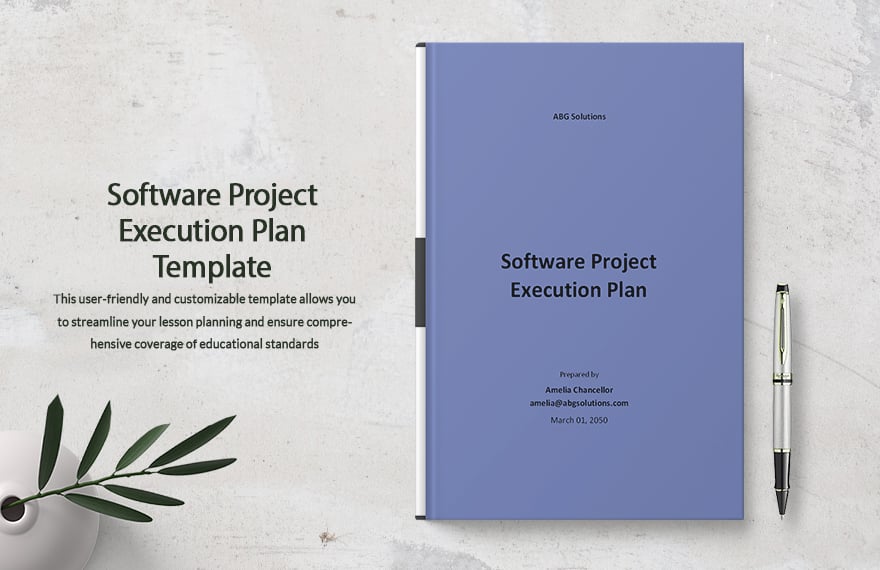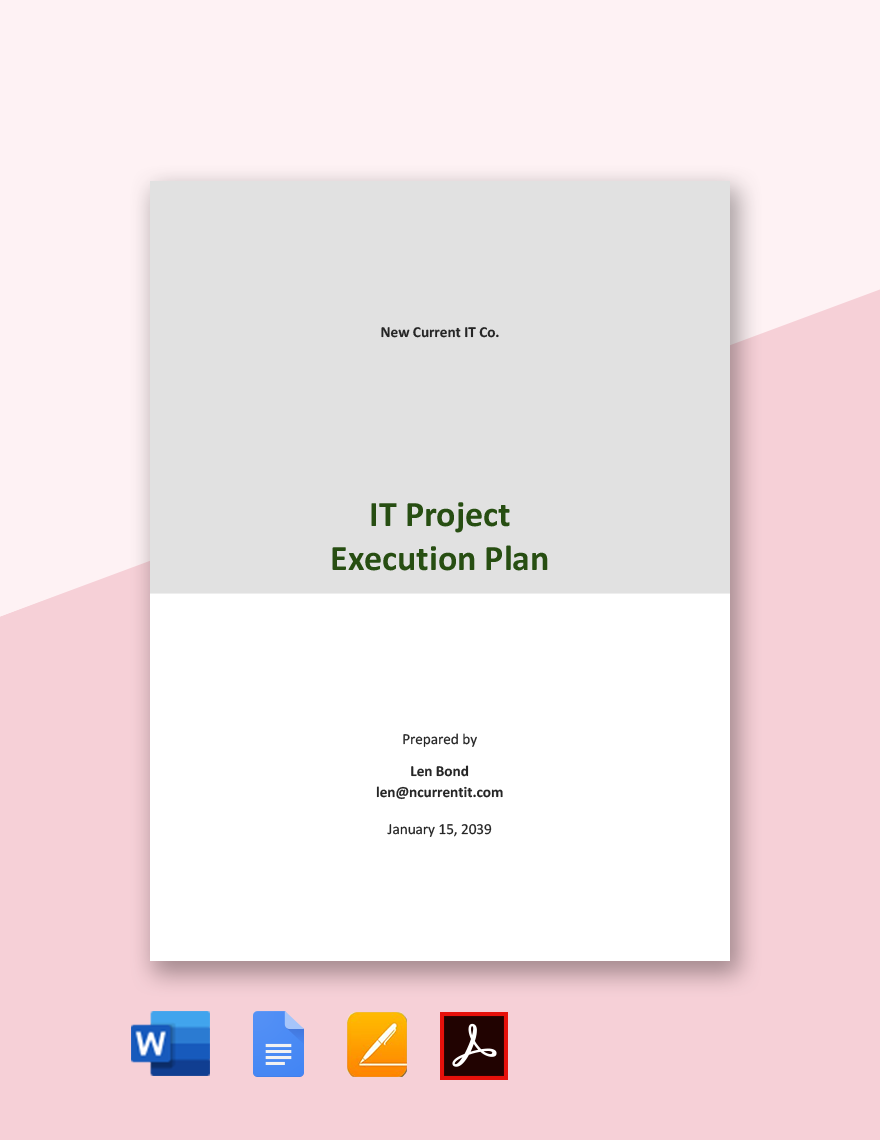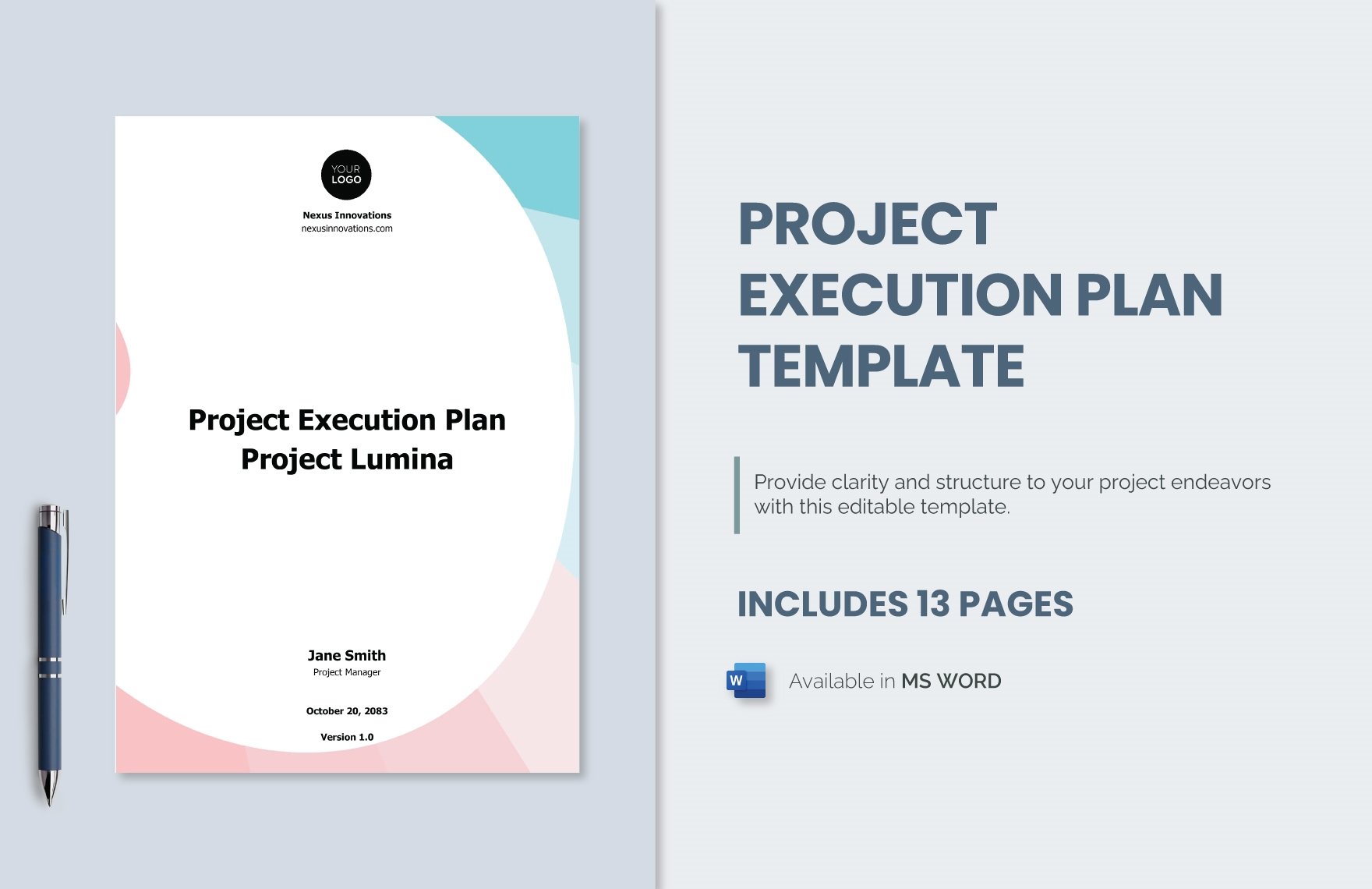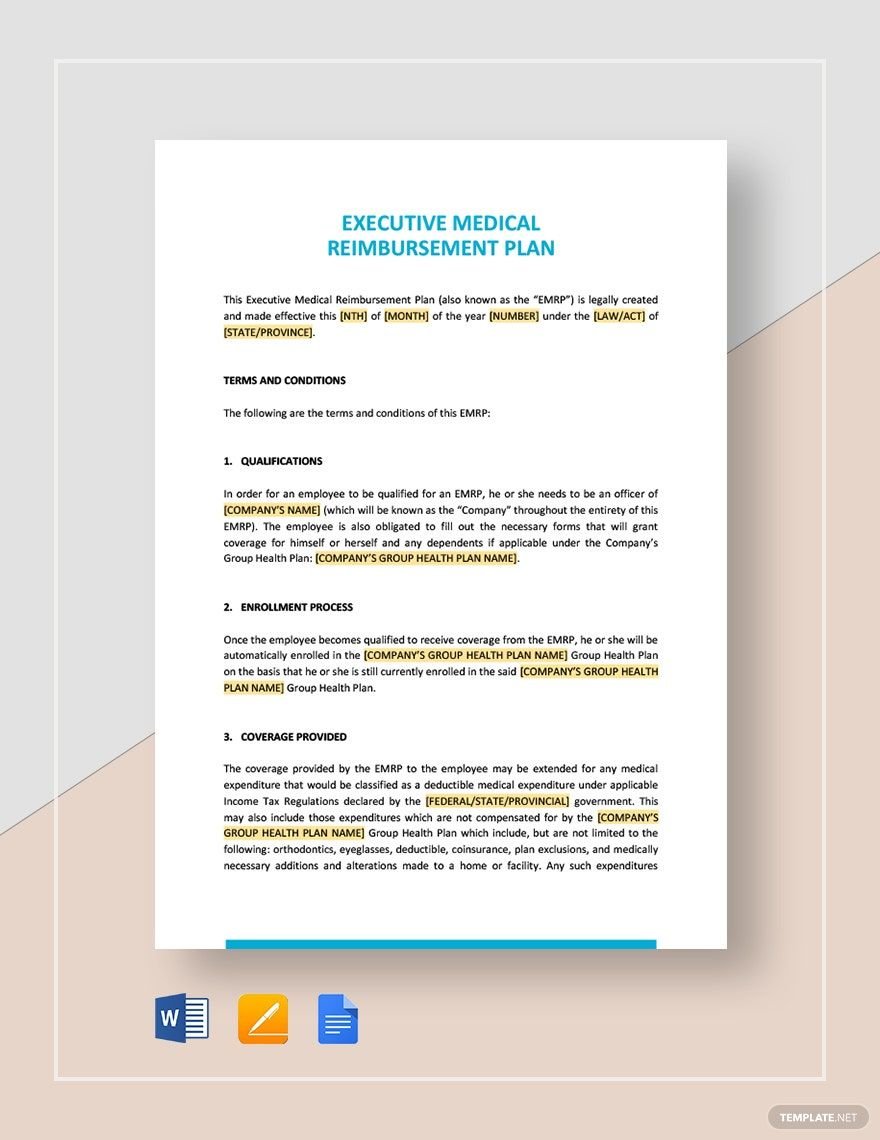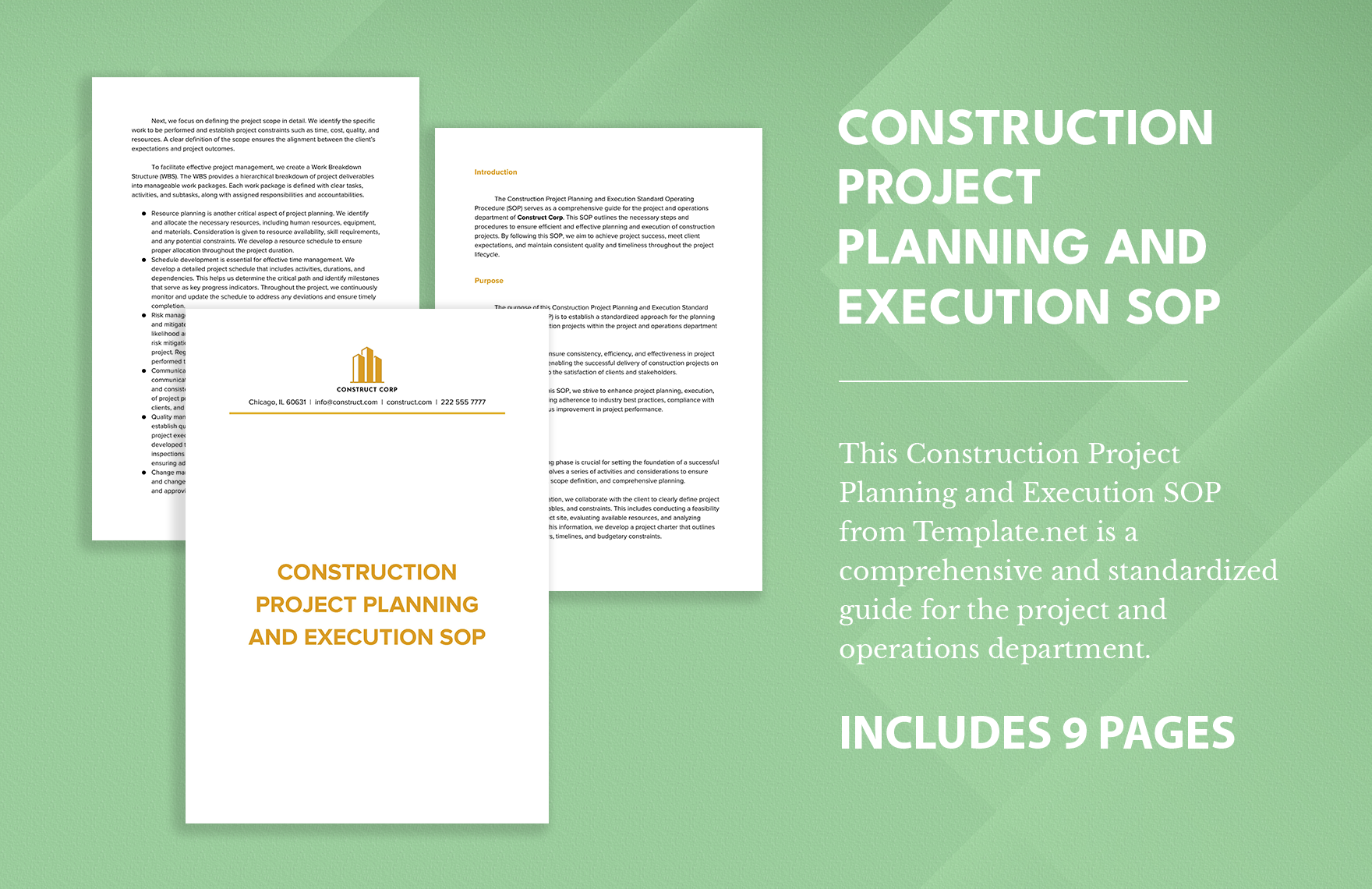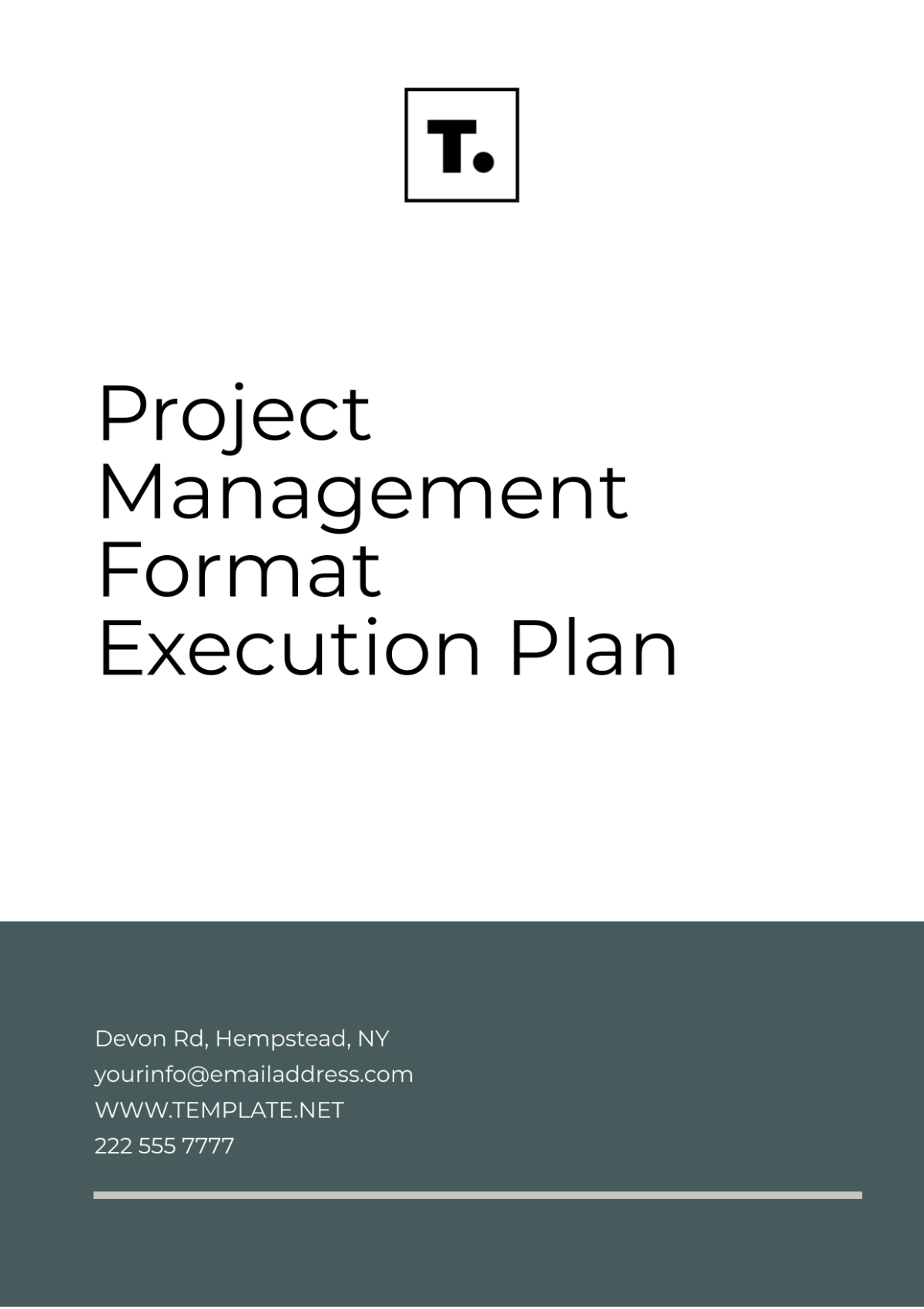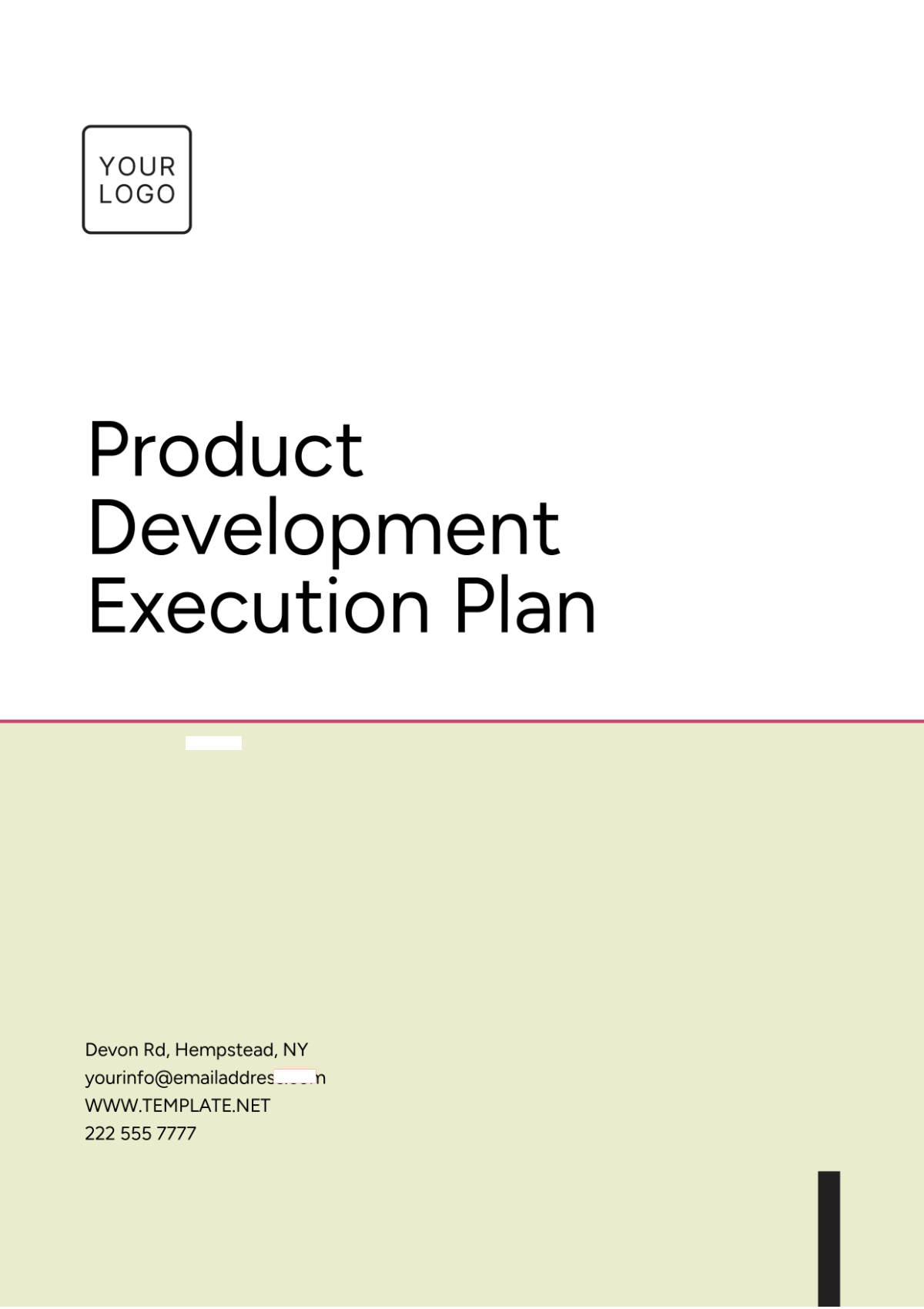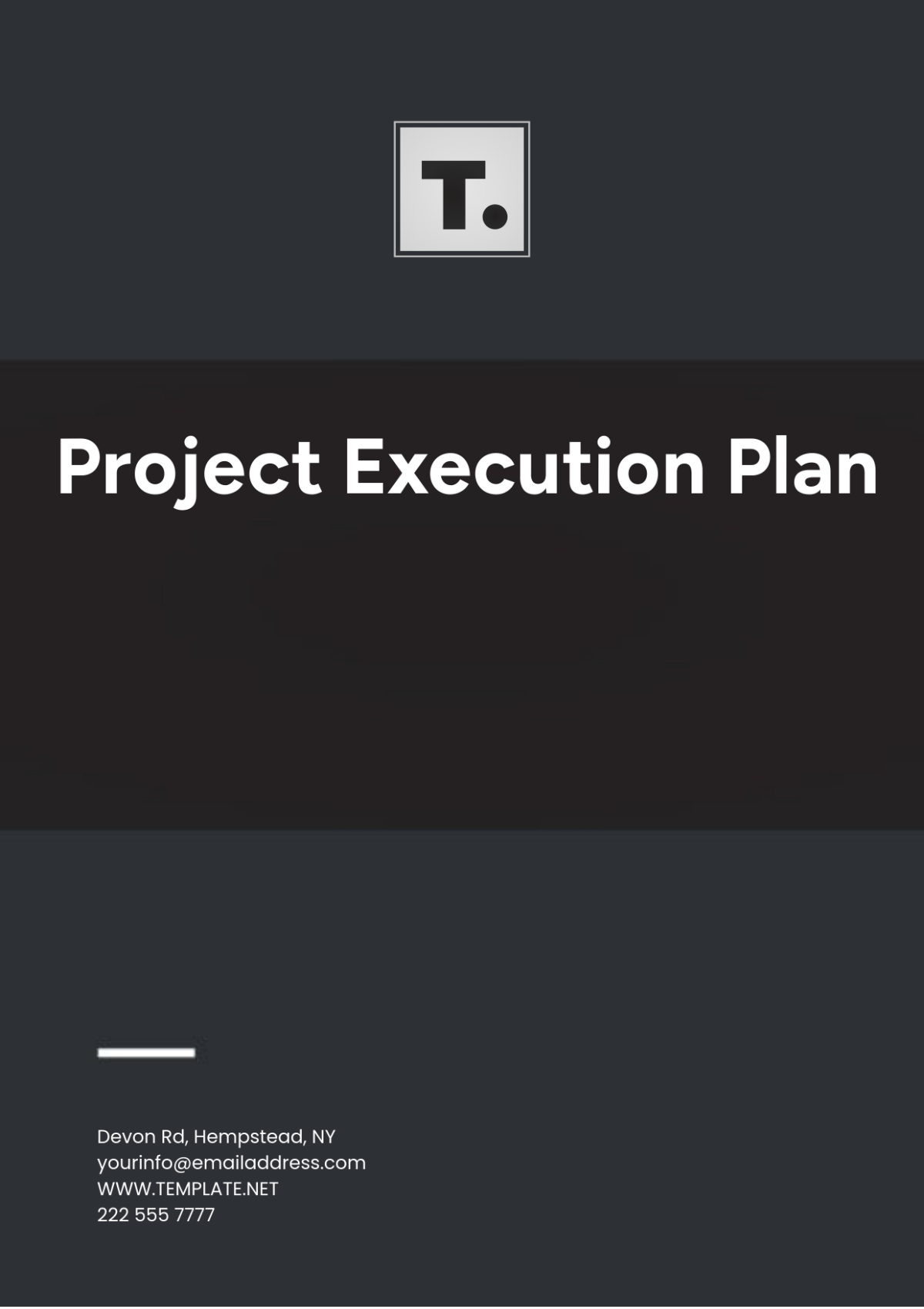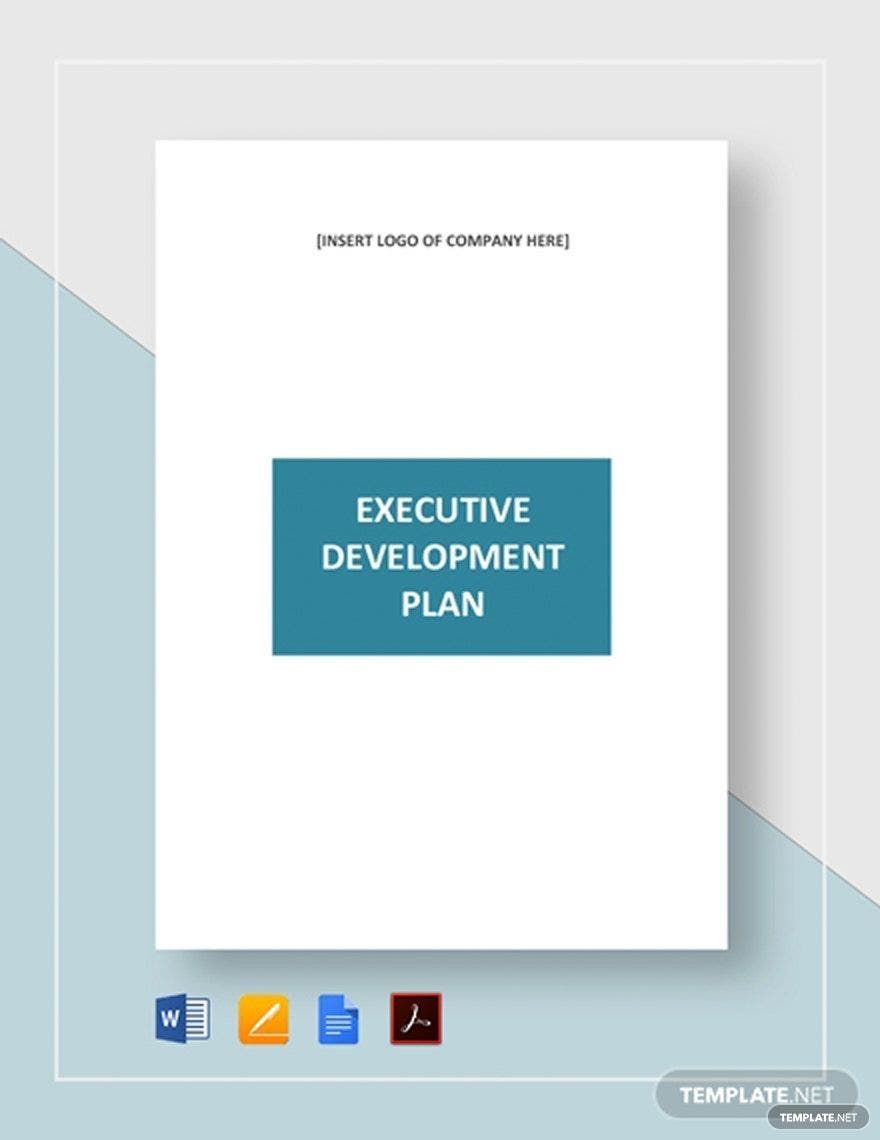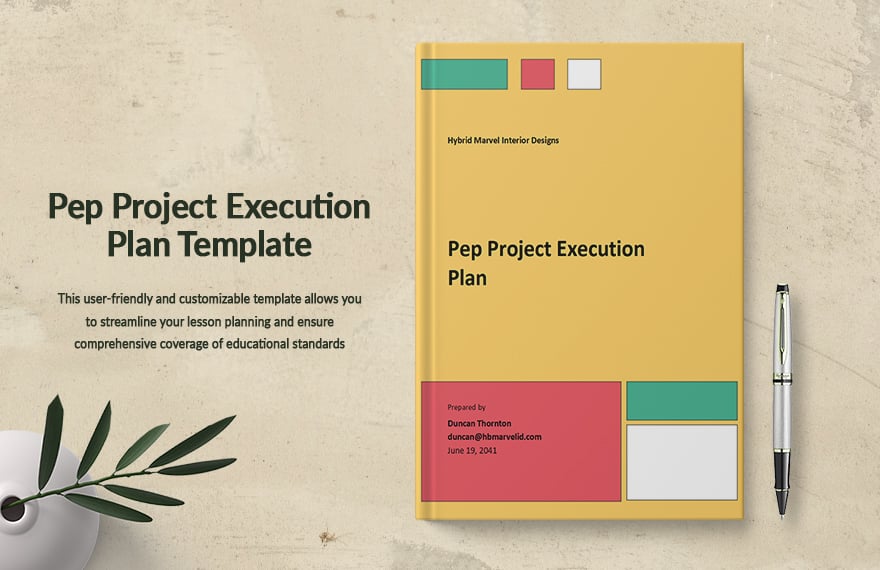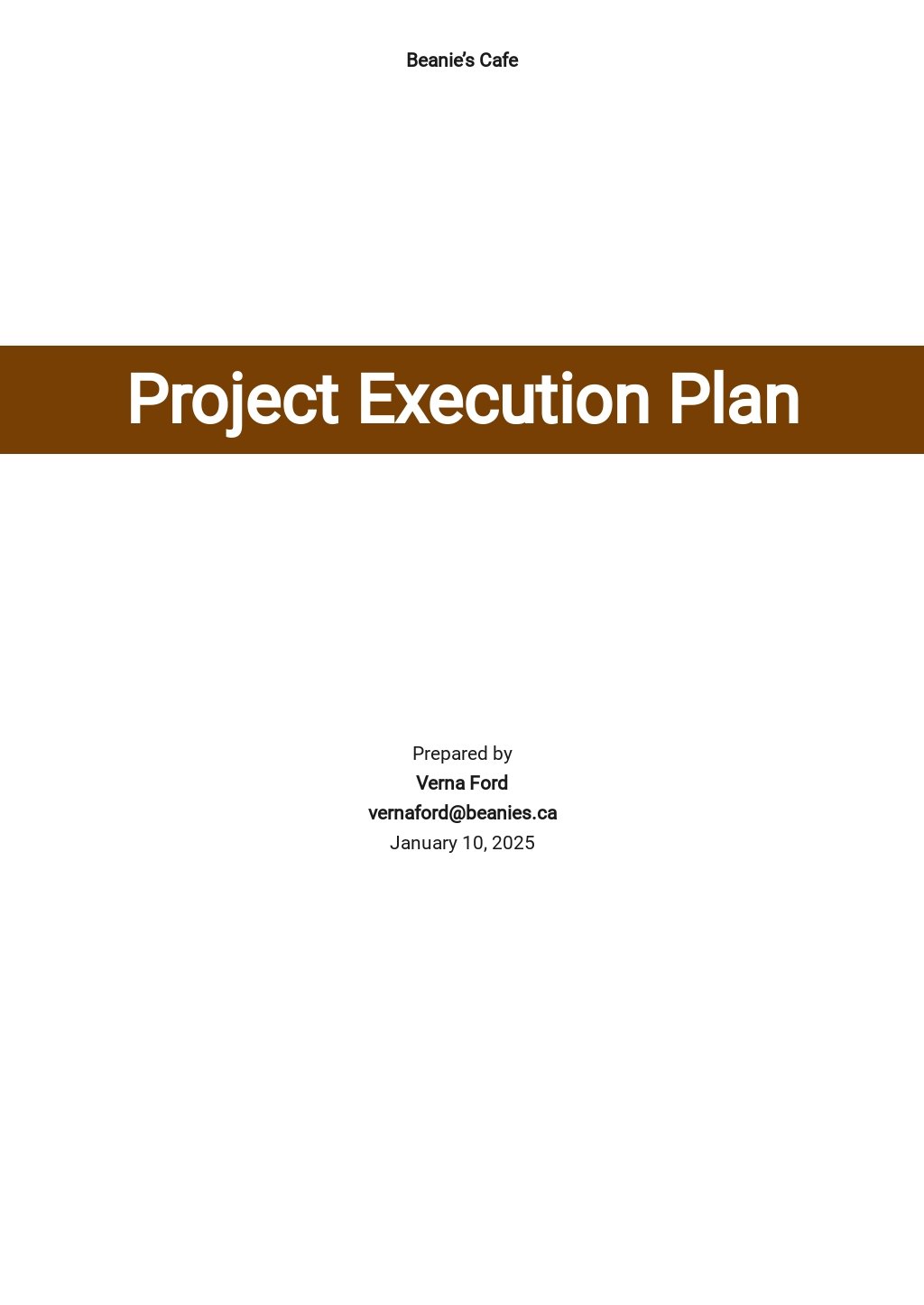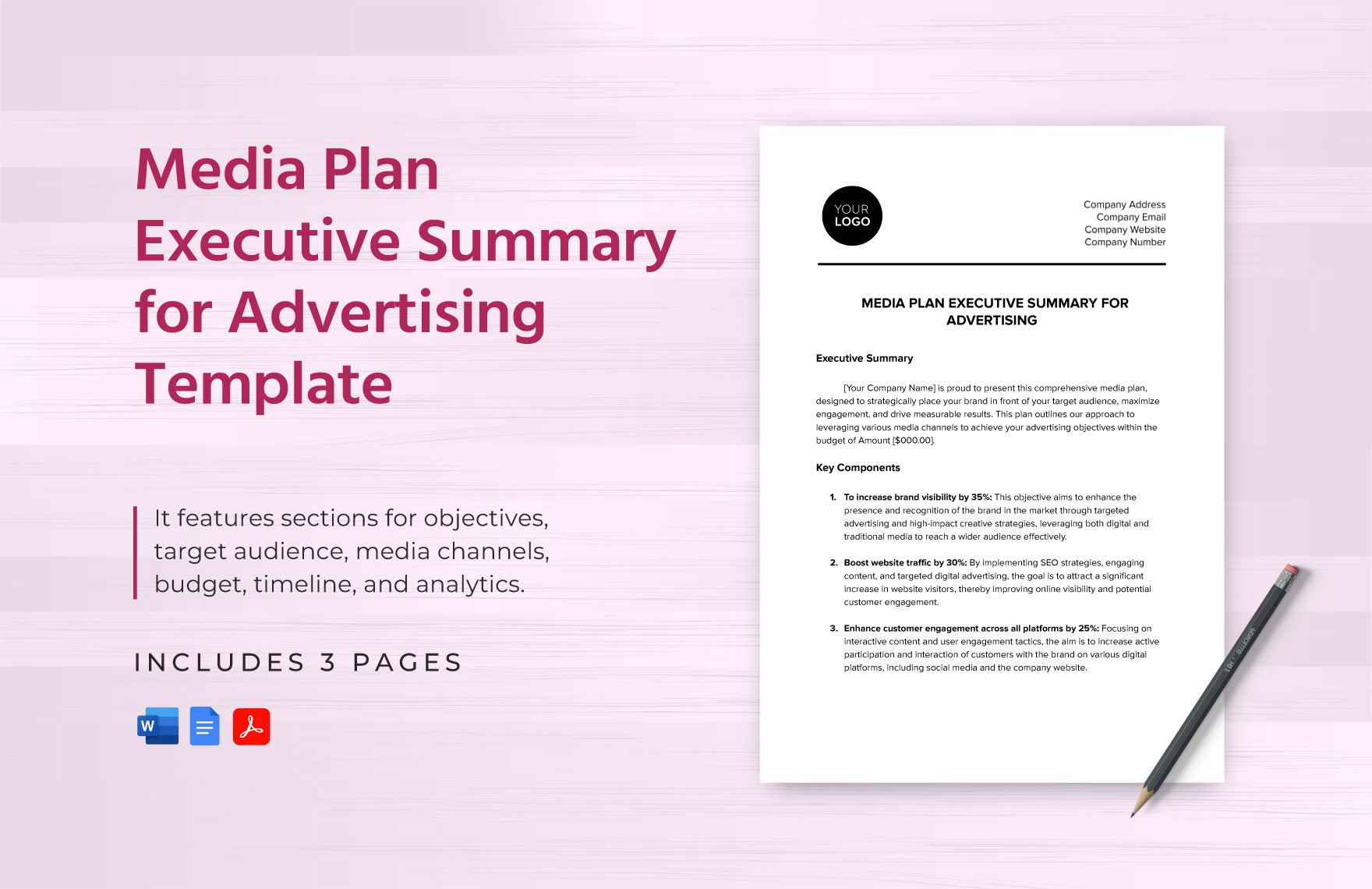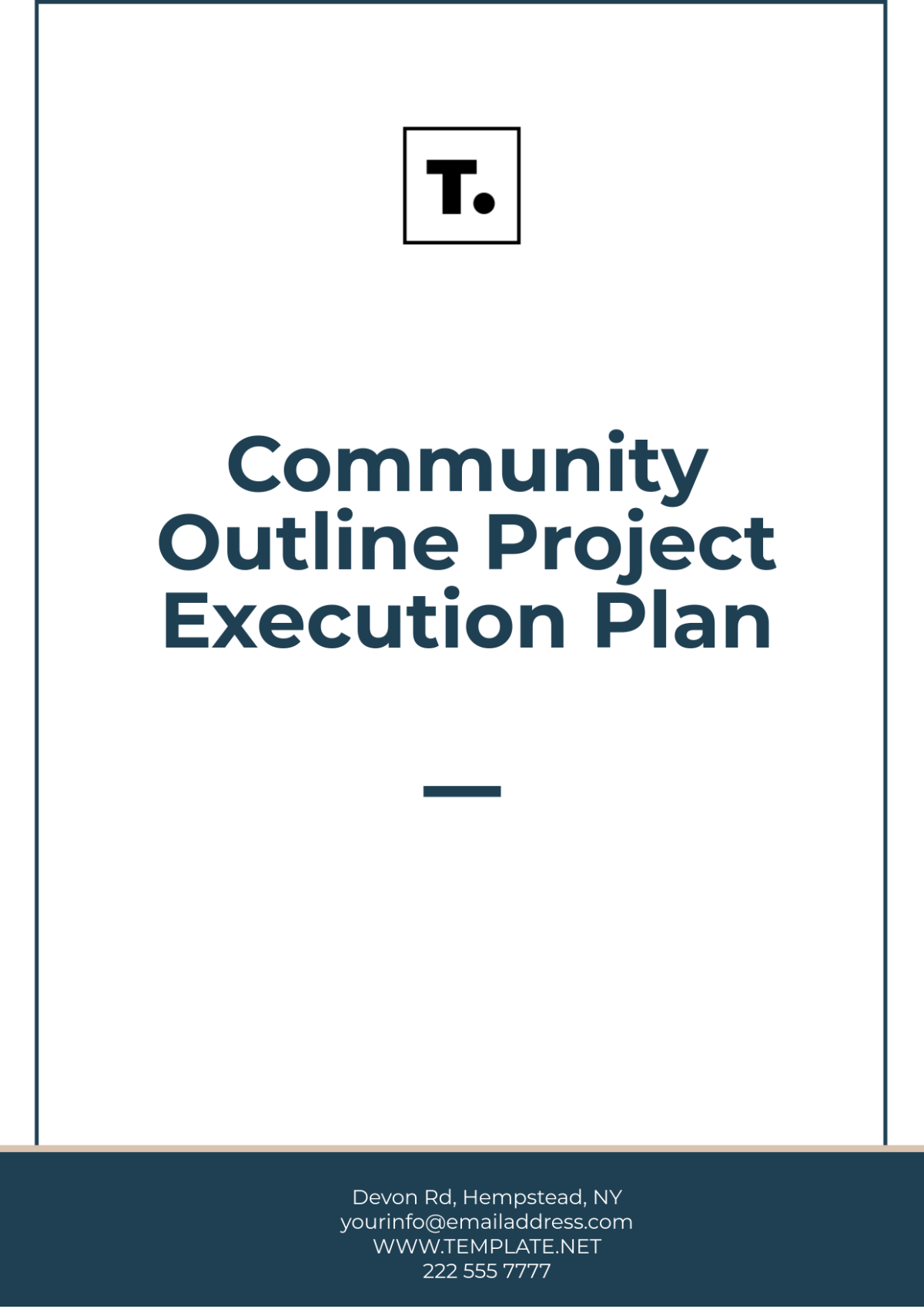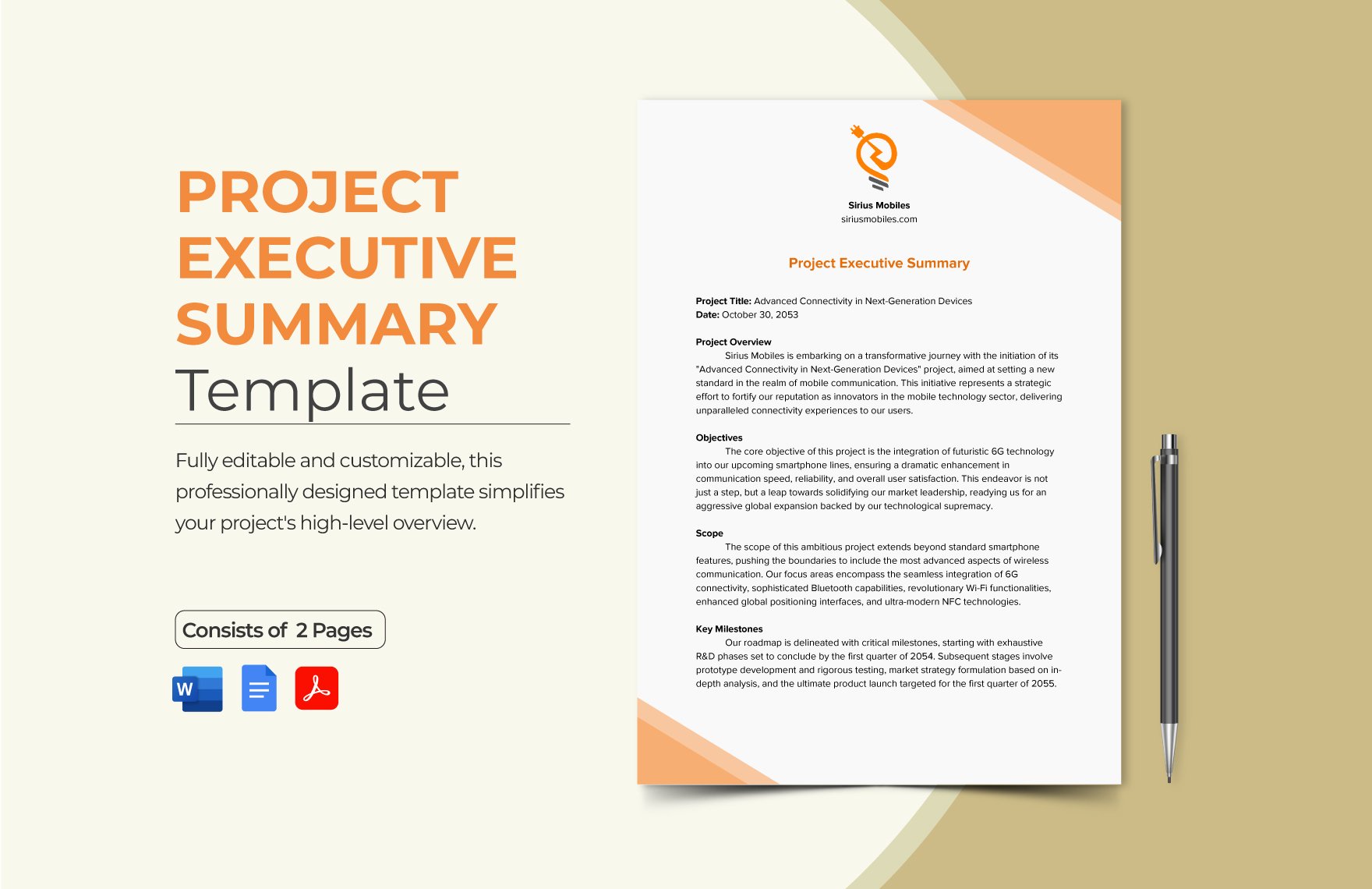The success of a project is the goal of every entrepreneur, and this would be possible if the right employees are hired and are doing the right tasks according to the strategy. All these are discussed in an execution plan which you can easily create by simply subscribing to our 100% customizable templates. We've got a collection of well-written Execution Plan Templates for every business, and you can download them anytime and anywhere. These templates are fully supported by Microsoft Word, Google Docs, and Apple Pages, so don't hesitate to subscribe now.
What Is an Execution Plan?
A business execution plan is a document that describes a company's strategy and how they want their employees to perform in order to meet their strategic goals. With an effective business strategic plan, the company can ensure that the right people are doing the right tasks in the right manner to support their objectives.
How to Write an Execution Plan
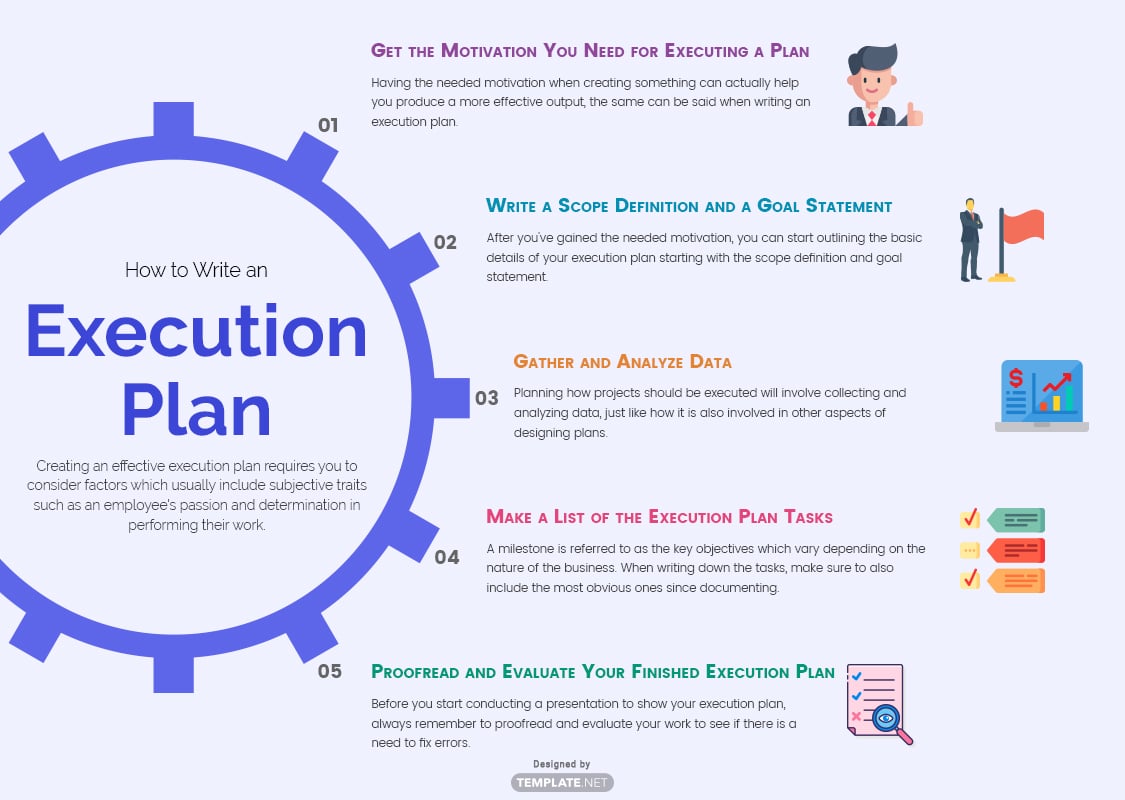
Creating an effective execution plan requires you to consider factors which usually include subjective traits such as an employee's passion and determination in performing their work. While this may be quite tedious especially if it's your first time writing an execution plan, simply refer to the guide below and you won't have to worry about anything.
1. Get the Motivation You Need for Executing a Plan
Having the needed motivation when creating something can actually help you produce a more effective output, the same can be said when writing an execution plan. Before you start creating an execution plan, make sure that you have sharpened your focus and have built your competence. Doing this can help you identify what needs to be done in order to execute your strategy. Lastly, by having the necessary passion, you'll make a positive and meaningful working relationship with your teammates.
2. Write a Scope Definition and a Goal Statement
After you've gained the needed motivation, you can start outlining the basic details of your execution plan starting with the scope definition and goal statement. The former refers to identifying what the project plan intends on achieving through specific terms while the latter refers to the specific requirements such as milestones and project life cycles. For the statement of goals, it explains why the project is executed, the purpose it serves, and its expected benefits.
3. Gather and Analyze Data
Planning how projects should be executed will involve collecting and analyzing data, just like how it is also involved in other aspects of designing plans. Unless you're running a startup business wherein the data that you would gather might be insufficient, you will need to design key performance indicators for measuring and monitoring performances. By analyzing the data collected, you can determine which processes you can continue and which ones need adjustments.
4. Make a List of the Execution Plan Tasks
Execution task plans are considered very important details since they help ensure that your execution reaches its milestones. A milestone is referred to as the key objectives which vary depending on the nature of the business. When writing down the tasks, make sure to also include the most obvious ones since documenting each task will ensure that nothing gets left out. While tasks are usually only used by you and your team, there may be times wherein it needs to be shared with investors.
5. Proofread and Evaluate Your Finished Execution Plan
Before you start conducting a presentation to show your execution plan, always remember to proofread and evaluate your work to see if there is a need to fix errors. Speaking of evaluating, a good business person should meet with the executive and key management team regularly to evaluate the outcome of the marketing plan. During these meetings and with the help of your execution plan, you can discuss current or potential strengths, weaknesses, opportunities, and threats.


